The Meaning Behind the Humeral Veil and Cope: Sacred Vestments Explained
The humeral veil is a special liturgical vestment worn by the priest during Eucharistic Benediction. It serves a powerful purpose—it symbolizes that the blessing comes directly from Jesus Christ in the Eucharist, not from the priest himself. By covering his hands with the veil while holding the monstrance, the priest emphasizes that Jesus is truly present in the consecrated Host. This sacred tradition keeps everyone’s focus on Christ, reminding us of His divine presence.
The cope is another important vestment used in Catholic and Anglican liturgical celebrations. It is a full-length, elegant cloak, often made of rich fabrics like silk. Unlike the chasuble, the cope is open in the front and secured with a decorative clasp or brooch. It is commonly worn by priests and deacons during processions, blessings, and funerals, making it a versatile and essential piece of liturgical attire.
These vestments add beauty, reverence, and deep meaning to sacred ceremonies. Explore their significance and embrace the richness of tradition in Catholic!
Looking for high-quality liturgical vestments? Discover beautifully crafted humeral veils and copes designed for solemn occasions.
Credits to:
https://www.britannica.com/topic/cope
https://aleteia.org
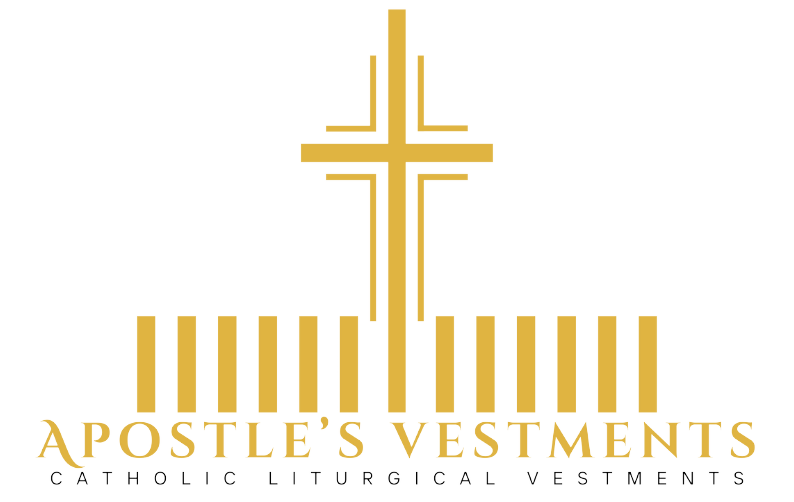
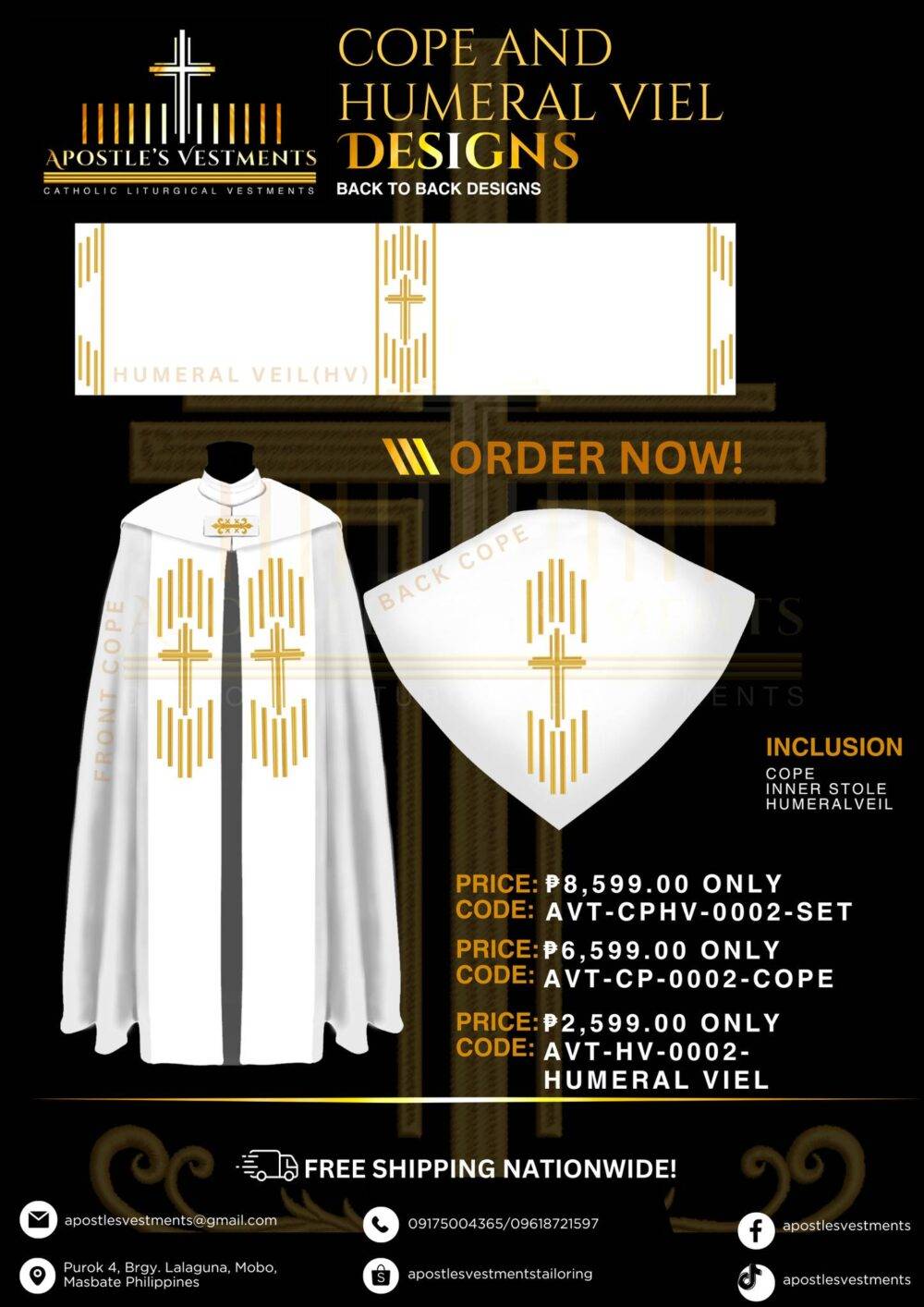

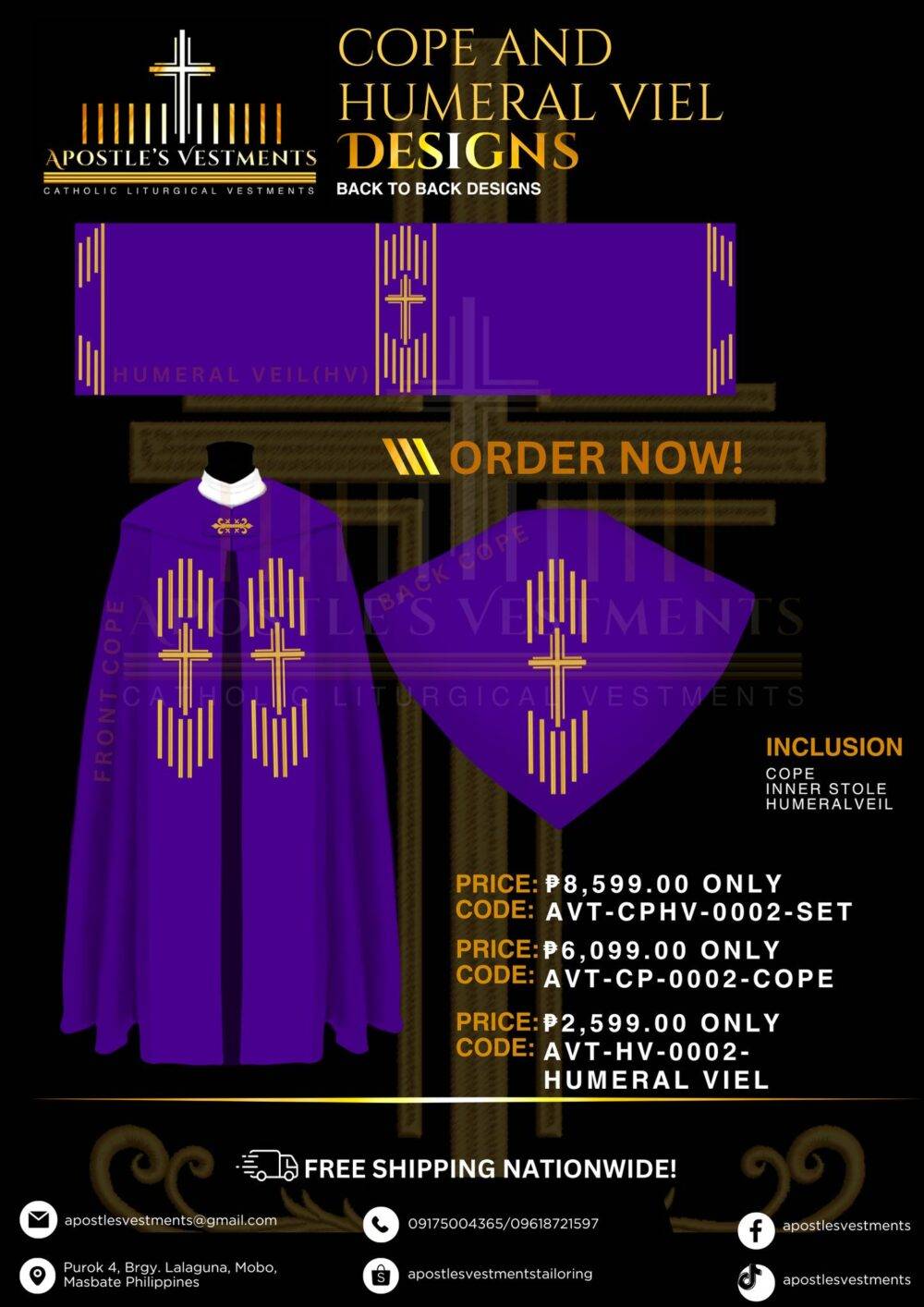
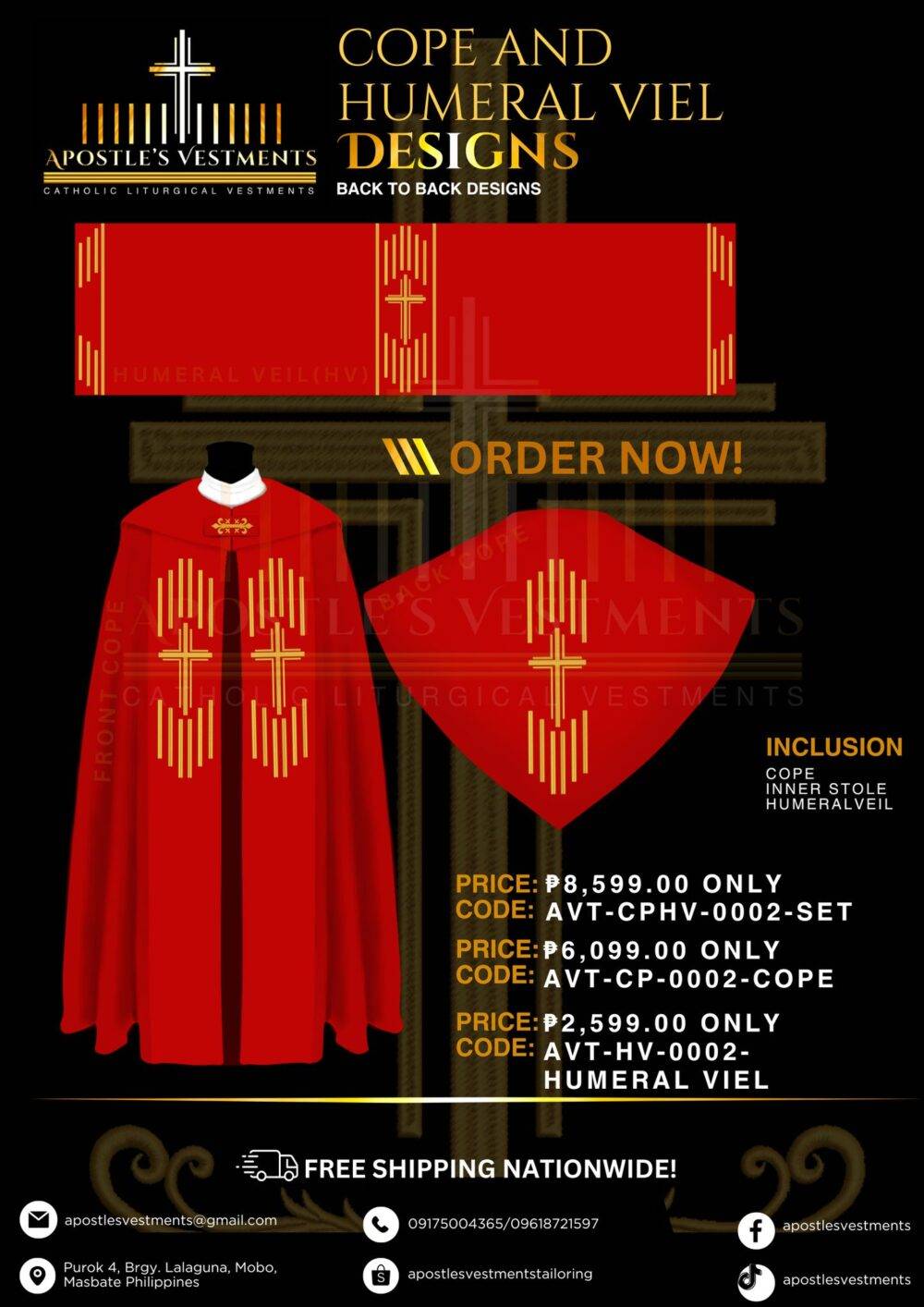
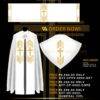
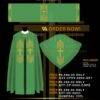
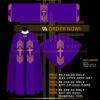
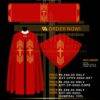

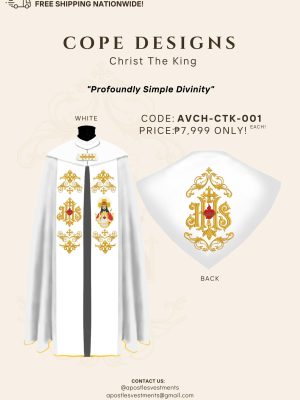
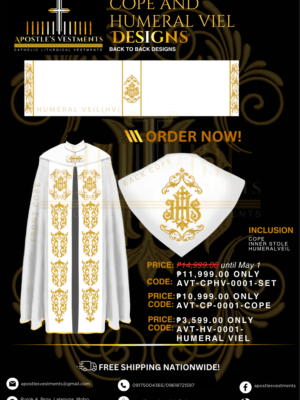
Reviews
There are no reviews yet